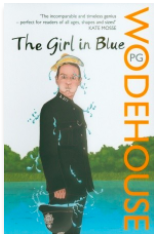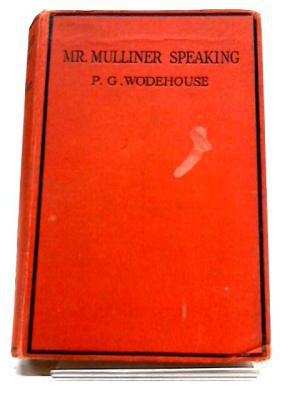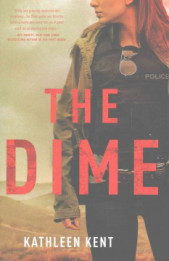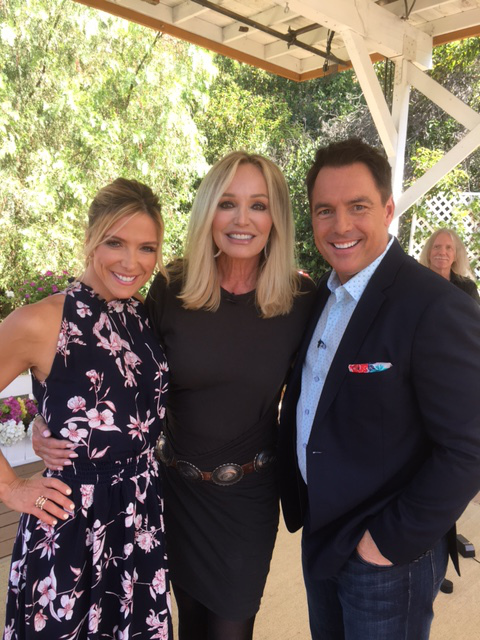Mention PG Wodehouse in a conversation and most people will immediately think of Jeeves and Wooster. That’s partly due to the success of the books and stories, but, I suspect, mostly because of the various film and TV adaptations. Of course, the one with Hugh Laurie as Wooster utterly deserves to have that notoriety.
But there is more to Wodehouse than the butler and his hapless gentleman. No less a writer (and polymath) than Isaac Asimov said that Wodehouse, on a sentence level, is one of the three greatest writers in the English language (the other two, if memory serves, being Austen and Dickens).
People often scoff at that, of course. A mere humorist upstaging countless numbers of earnest, serious writers, some of whom are even politically committed? Blasphemy. My answer to that is simple: pick up any of Wodehouse’s books, turn to a random page, and read any sentence that is more than five or six words long. If you know anything about literature or writing, the odds are that you will have to concede the point. He is consistently that good.
The above means that it’s a bit of a tragedy that casual readers don’t always go beyond Jeeves and Wooster so, in order to address that failing, we present three other good Wodehouse books (and discuss the three very different editions we read). Think of it as a Classically Educated public service (you can thank us by buying our mug)!

The first is The Girl in Blue. This is a fairly typical standalone Wodehouse novel, and is a good non-Jeeves primer. As you can see from the cover illustration of the version we read, a policeman ends up in a pond. This is a recurring theme in Wodehouse, and upon reflection, we feel that if it were only a recurring theme in other types of literature as well, the world would be a better place. Of course, star-crossed lovers feature as well, another central tenet of the canon. If you’re going to start, and have already read the Jeeves books, this is a good place to begin.

Unlike the above novel, which is unrelated to other Wodehouse tales the Mr Mulliner stories are linked together in various books. The one we’ll be discussing here is entitled Mr. Mulliner Speaking, and is sheer happiness. Mr. Mulliner is an older and wiser character, so he is usually above Wodehousian shenanigans but, to the eternal entertainment of his drinking buddies, he has a number of young, nearly brain-dead, relations who get themselves into ridiculous situations. They always work out for the best, of course, but the way they do reminds us that in Wodehouse, as in life, it’s about the journey, not the destination. And few journeys are more rewarding.
We read this one in the original hardcover from 1929 (pictured above), and it was fun to experience it as pre-war readers would have. But even though these are plentiful and affordable, there’s no real need to track one down, as 1929 is reasonably modern, so the book is just a book, not some artifact.

Finally, we reach the main course, a volume entitled Utterly Uncle Fred, which is quite possibly, the perfect Wodehouse. The reason is that Uncle Fred is, perhaps, the most demented character in his oeuvre. Age has not made this one wise, not in the least. Instead, it sharpened his sense of chaos. Of course, he is a kindly old man despite the propensity for landing his nephew in the soup, and his ability to get everyone in trouble is matched only by his knack for pulling them back out. Once again, it’s the journey, not the destination that makes this book.
The book above is an omnibus edition (one of the nicest things about Wodehouse is the number of collections you can buy) containing three novels and one story, so it’s a meaty proposition. We’d recommend buying it even if you’ve never read a line of Wodehouse in your life… but most people are too cautious with their money to do so, perhaps start with one of the other two.
Or just read some Jeeves and Wooster. I’ve never heard of anyone going wrong with that!
BTW, apart from mugs, we also have a Facebook page. You can like it if you like it!
Advertisements Share this:- More





